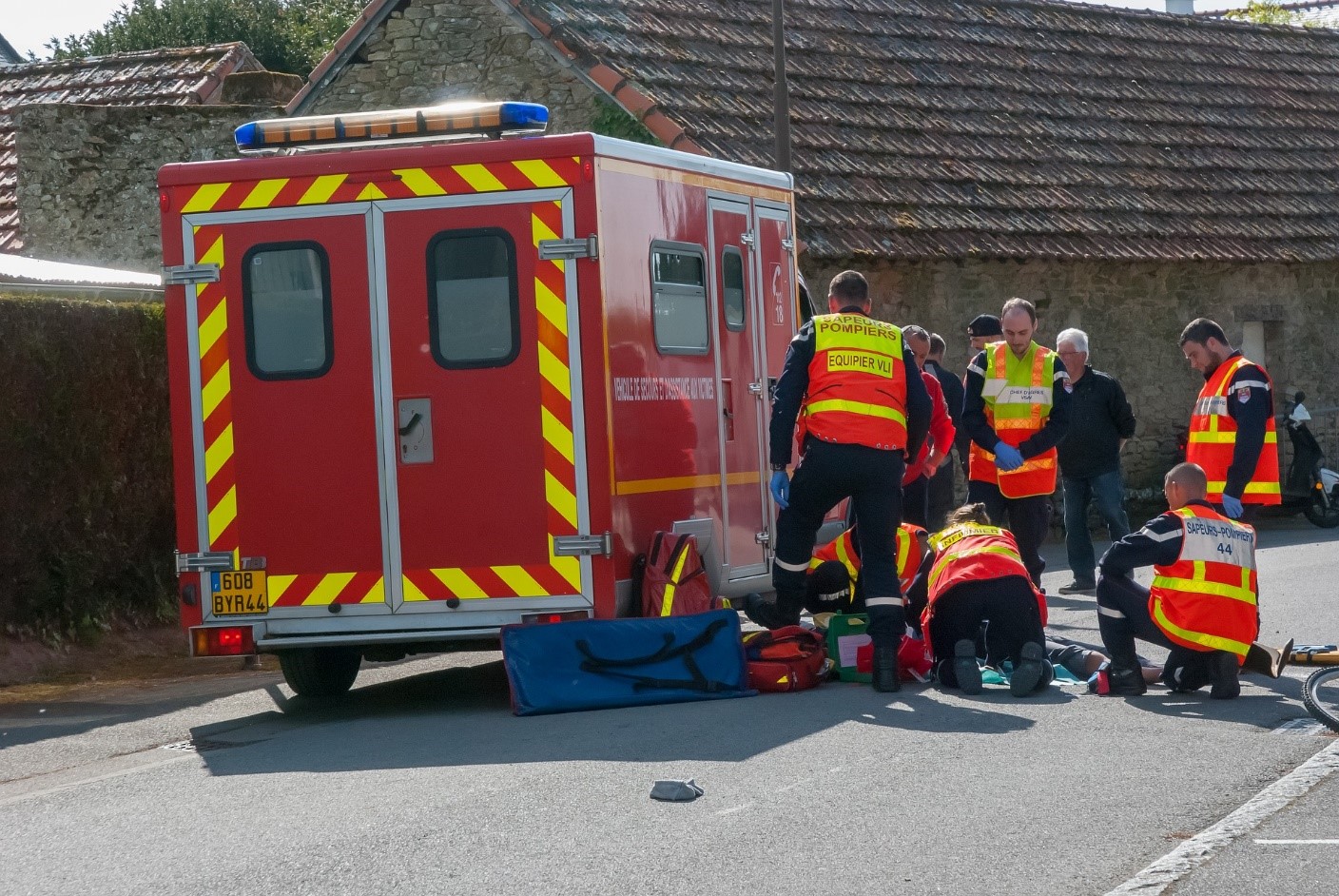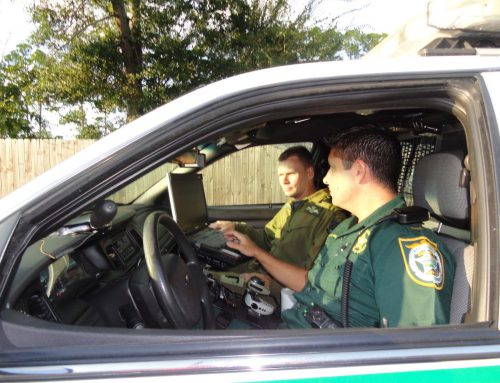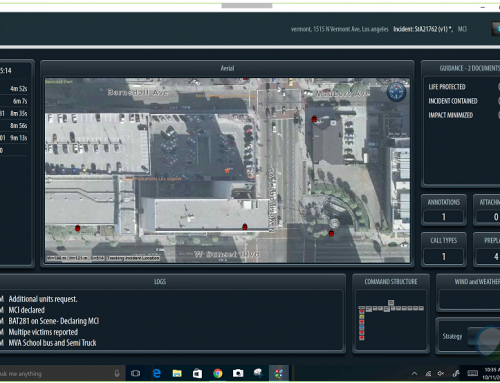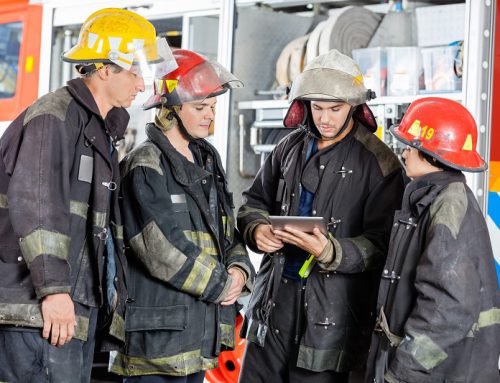Incident command strategy is a crucial part of managing any emergency. With more agencies adopting electronic incident command boards and other software, how might this technology affect the tactics they use? Here, we’ll explore a few important ways that technology can directly impact the strategies employed by public safety incident commanders (ICs).
Real-Time Decision-Making
Real-time updates can have a significant effect on incident command strategy. As conditions change at an incident, ICs must be prepared to adapt as needed. One of the major differences between incident command technology vs. traditional methods is the frequency of updates. Many kinds of incident command software can integrate directly with computer-automated dispatch systems.
With this connection in place, ICs receive instantaneous updates as new information arrives. They can then easily adapt their strategies based on the presence of new risk factors or changing hazards.
Sometimes, incident command software can also display real-time photos or videos of the incident ground. Most traditional incident command methods including radio and whiteboards lack this capability. A major benefit of the technology is that it gives the IC a clear picture of how the situation is progressing.

For example, if a floor caves in and causes a Mayday scenario, ICs can view the scene. They know exactly where to send a Rapid Intervention Team and can pinpoint what they will be facing.
Command can then use this information to assign more resources, change positions, request mutual aid, and more. With this second-by-second data, command can adjust strategy accordingly and maximize safety. Access to critical information can enhance situational awareness and lead to more informed decision-making at the site of the issue.
Long-Term Operational Changes
With a traditional whiteboard, ICs must manually track what time they made certain decisions. In contrast, incident command technology will often automatically date and timestamp every action taken by the commander.
This information helps command log what happened during the incident for review afterwards. For instance, if ICs chose to evacuate a burning building from the back exit rather than the front, they can explain which risk factors led to this decision. Even if commanders don’t remember why they made that split-second decision, the software creates a step-by-step record of what happened. Public safety leads have a clear record of everything that happened at the incident. This eliminates any second guessing or human error.

After the incident has been contained, they can use this data to evaluate what incident command strategies worked the best in this scenario.
Access to this information can extremely helpful in creating operational changes across the organization. Departments can use this data to adjust their standard operating guidelines based on what procedures are more effective. Future recommended best practices can reflect what tactics are most successful for specific use cases and rare types of emergencies.
Records of a commander’s actions can also be helpful in preventing liability. If there’s any confusion over why an IC chose a course of action, department leaders can point to the data within the software as evidence to back up the decision.
In the heat of the moment, ICs often have very limited time to choose which incident command strategy to employ. Making the call can be difficult, and mistakes are costly. While technology is no substitute for a commander’s eyes and ears, these products can assist with both decision-making at the scene and long-term operational guidelines.
If your department is considering adopting incident command software, we advise you to explore Adashi’s offering: Adashi C&C. Please feel free to reach out to us with any questions or to see the product in action.

Adashi is a leading provider of technology to public safety agencies worldwide.


![[Infographic] 8 Ways Adashi’s Technology Improves Incident Command](https://www.adashi.com/wp-content/uploads/2018/02/8-WAYS-ADASHIS-TECHNOLOGY-IMPROVES-INCIDENT-COMMAND-1-500x383.png)


![[Infographic] The History of Fire Incident Command in the US](https://www.adashi.com/wp-content/uploads/2017/12/The-History-of-Fire-Incident-Command-in-the-US-1-500x383.jpg)

Leave A Comment
You must be logged in to post a comment.